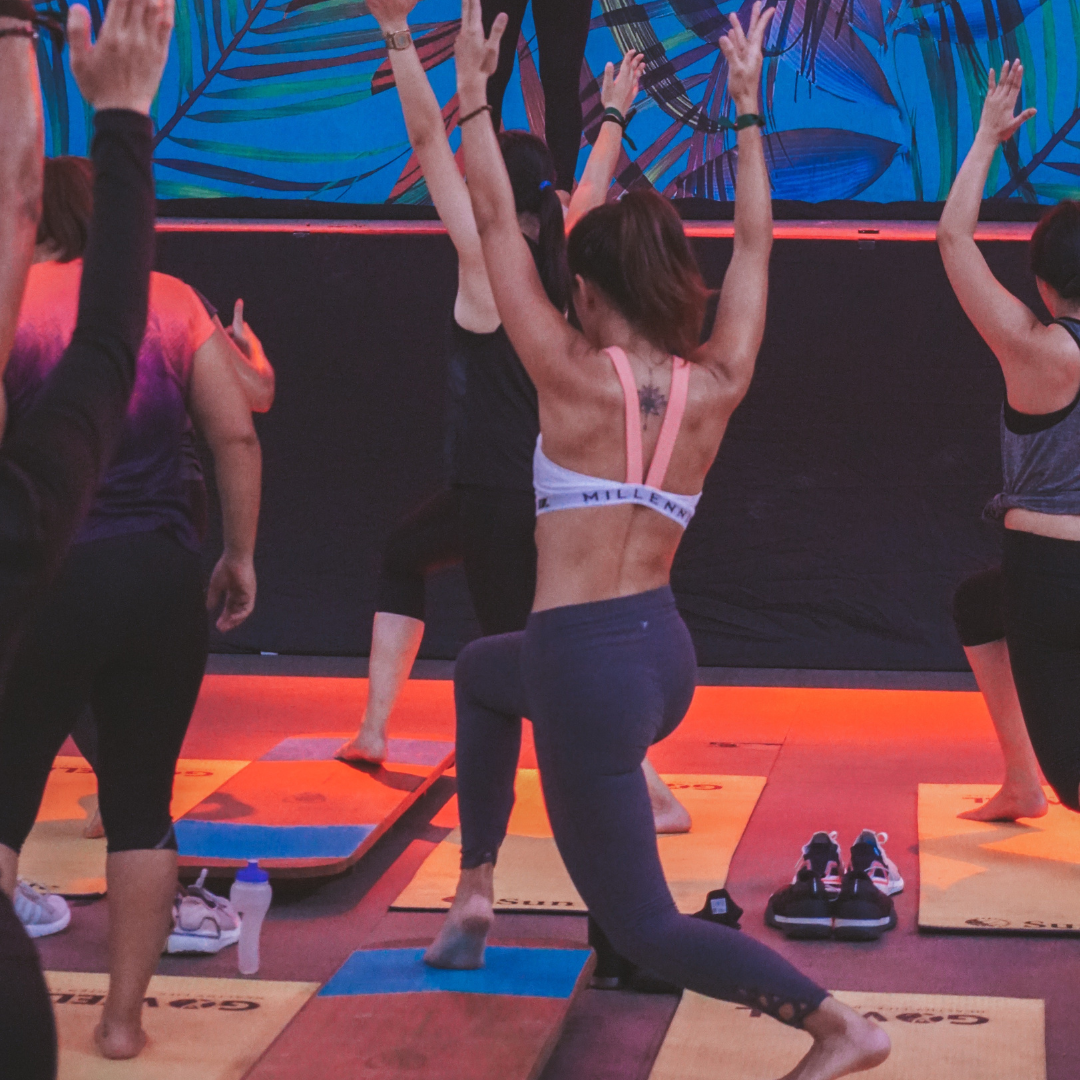
14 Oct Improving Body Motion Through Dynamic Stability Training
Optimal movement requires specific moments of body stability. Therefore, by conditioning the body to adapt to constant changes from our environment or complex tasks outside of our comfort zone, we can enhance our motor system and facilitate effective movement.
In situations where things suddenly and unexpected, the control through co-contraction is much more important than proprioception. This form of control happens by an instantaneous contraction of all surrounded muscles around the given joint. There is no delay as there is no feedback of the nervous system needed. It is through the anatomical design and the intrinsic properties that the muscle-tendon units have a direct influence on one and another (all muscles tense and if one lengthens by the perturbation, the other automatically is influenced by it and shortens). This strategy can be trainined and optimized over time by the right practice.
Furthermore, these critical instances are caused by perturbations and impact from outside the body, a shoulder tag on the basketball court, a grocery bag with uneven load. But very rarely from the ground up. Thus, we have included training methods that provide an unexpected perturbation from outside the movement system (SUP, SB and water weights) and provide it on the right level of challenge where the student needs it. Furthermore, it is important to know what you are aiming for to improve in order to make the right progressions and adjustments to the exercises.
We never make exactly the same movement twice. Nevertheless, still the majority of people are striving for perfection in their movements, whether is it about the perfect squat technique or the perfect asana in yoga. We should let go of this concept of striving for perfection and rather focus on adaptation, robustness and resilience. Being able to adapt to the ever-changing environment or being able to maintain our stability and performance despite the ever-changing environment is what makes us improve and thrive in the dynamic complex world that we are part of.
As mentioned, improving control through co-contractions is of critical importance for both elderly fall prevention as high level football playing. At all levels of motor learning and performance this is an important strategy for the human movement system and plays a huge role in the motor learning process as it is through freezing degrees of motion (through co-contractions) that a novel complex movement becomes controllable as there is less remaining degrees of freedom that the nervous system needs to worry about. Then when a movement becomes more acquired, the nervous system can free up more degrees of movement and there will be a lot of motor variability that is needed in order to compensate for all the errors that are made.
Within a highly-skilled mover, the levels of degrees of freedom will be brought back again as it will find the optimal control parameters that are required in order to be as adaptable as needed with minimum energy expenditure or risks of failure. The highly skilled athlete is able to actually exploit all the available variability in degrees of freedom by having the right stable points within the movement pattern that make it easy to control while remaining very adaptable.
The highly-skilled athletes are able to exploit the uncontrolled manifolds within the movement system. Motor variability is not a curse but rather a gift that allows us to move and improve. Using variability by increasing it purposefully in our training will actually improve the learning process and performance.
If you want to improve movement patterns, you have to convince the system that there is a need for change. We need to convince the nervous system that what we are currently doing it not good enough. We can do this by destabilizing the current movement, it will break down and we need to look for better alternatives. If we force the person to move over an obstacle (for example a hurdle) or onto a box, we constrain the available movement options into more desired patterns. Instead of telling it to the person, the environment and task will tell it for us. We always move in relation to our environment, so we better use our environment smartly and set it up in a challenging way to ensure better movement.

No Comments